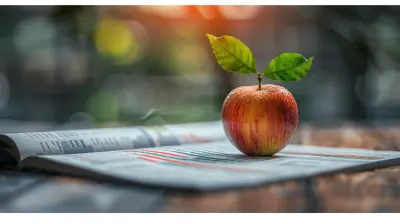Frugal Gardening: Growing Your Own Food for Pennies
28 May 2025
Ever thought about growing your own food but worried about the cost? Good news—you don’t need a fortune to start a thriving garden! Frugal gardening is all about making the most of what you have while spending as little as possible. With a little creativity and resourcefulness, you can grow fresh, healthy food practically for free.
In this guide, we’ll dive into budget-friendly ways to start and maintain a productive garden without breaking the bank. 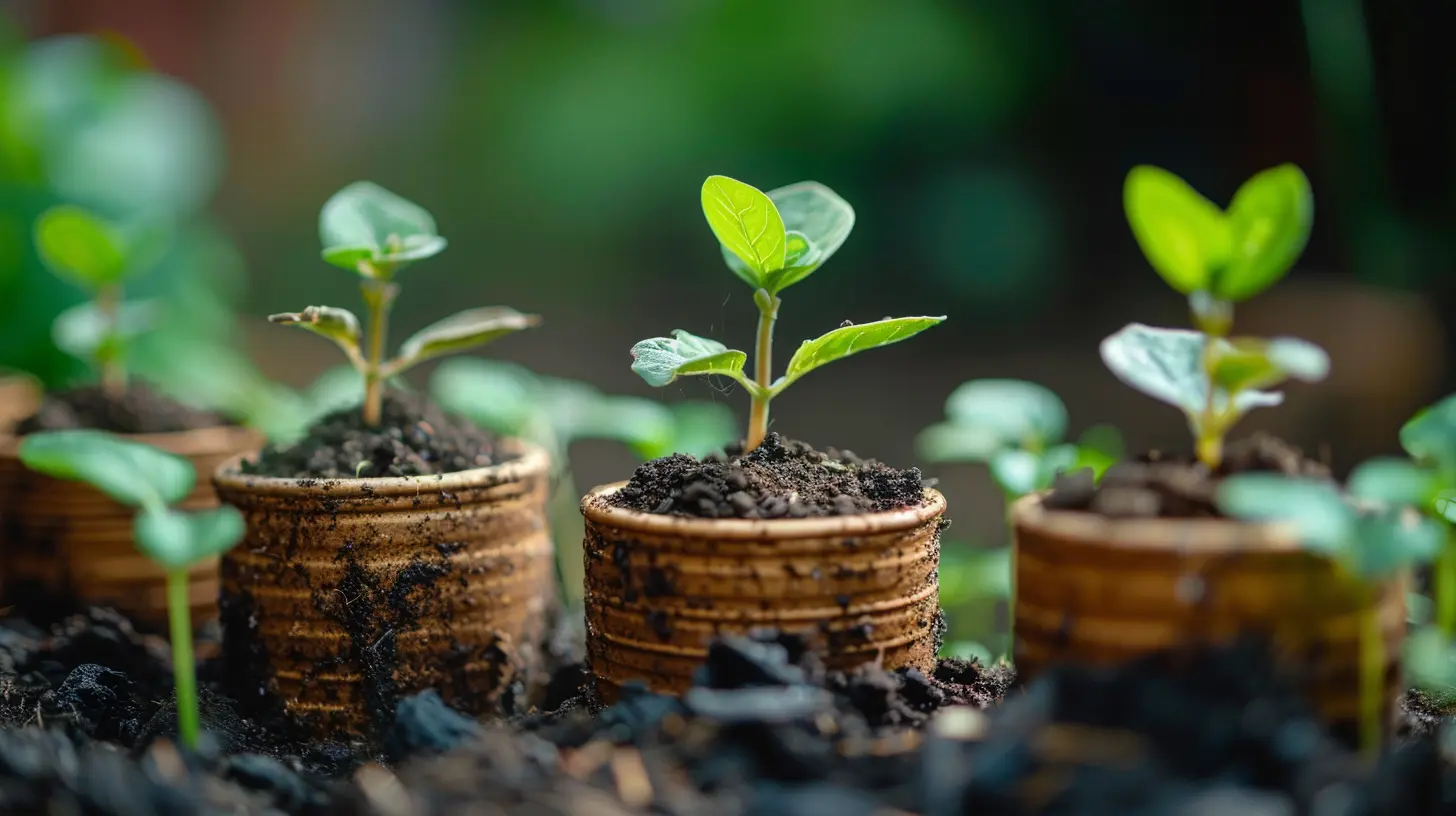
Why Grow Your Own Food?
Before we get into the how, let’s talk about why growing your own food is a smart move.- Saves Money – Fresh produce can be expensive, especially organic options. Gardening lets you enjoy homegrown goodness at a fraction of the cost.
- Better Nutrition – You control what goes into your food—no harmful pesticides or preservatives.
- Reduces Food Waste – No more letting veggies wilt in the fridge. You pick what you need, when you need it.
- Good for the Environment – Fewer plastic-wrapped grocery store trips mean less waste and a smaller carbon footprint.
- Therapeutic & Rewarding – Gardening is great for mental health, and there’s nothing like the satisfaction of eating something you grew yourself. 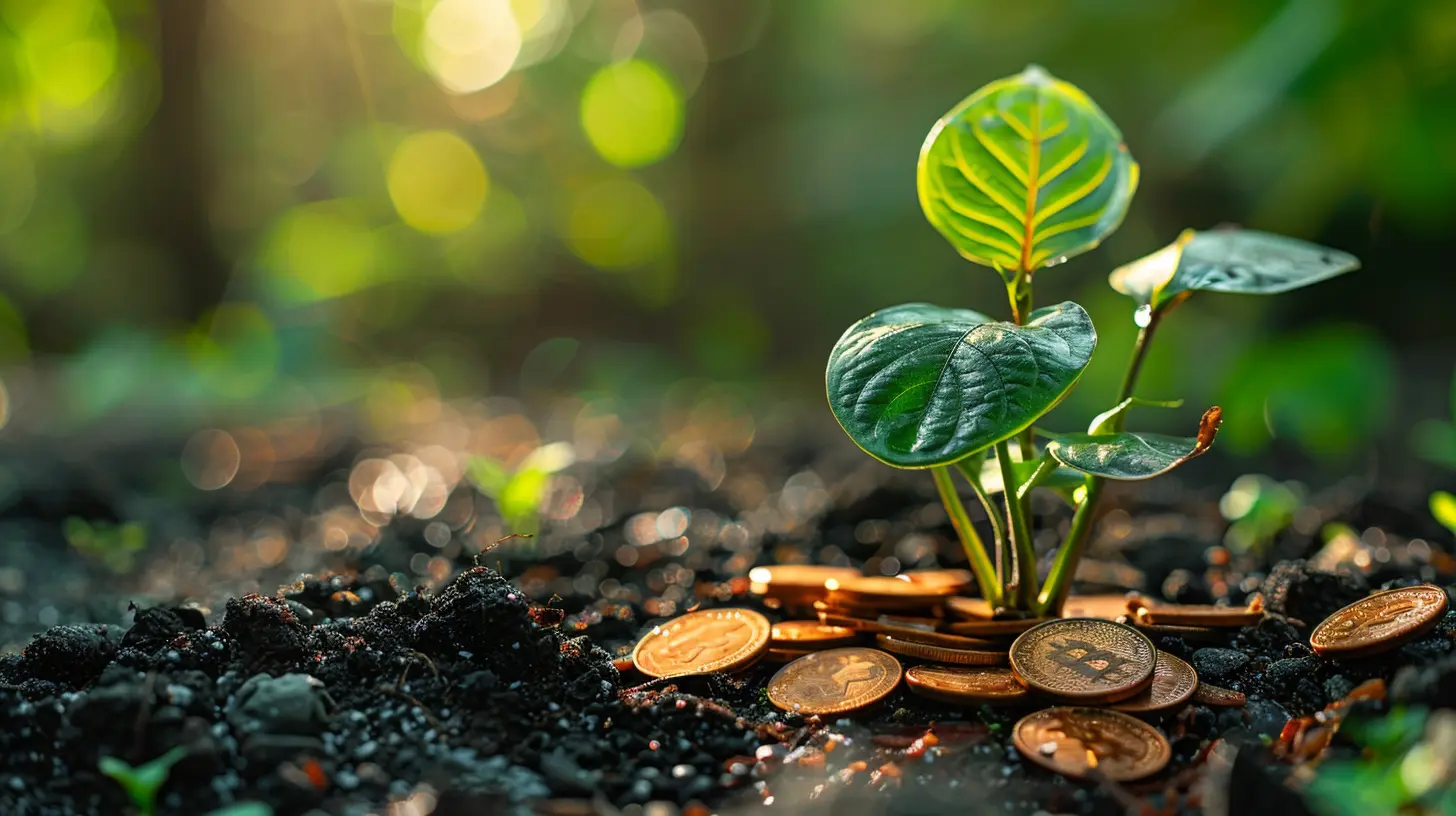
Starting a Garden on a Tight Budget
You don’t need fancy tools or expensive supplies to grow your own food. Let’s break down how you can start a low-cost or even no-cost garden.1. Use Free or Cheap Seeds
Seeds can be pricey, but there are ways to get them for next to nothing:- Save seeds from store-bought produce – Tomatoes, peppers, cucumbers, and squash are great candidates.
- Swap with fellow gardeners – Many communities have seed exchanges where you can trade seeds for free.
- Check out local libraries – Some libraries offer free seed lending programs.
- Look for clearance seeds – End-of-season sales can yield seed packets for pennies.
2. Start with Containers You Already Have
Think you need fancy pots? Nope! Get creative with what’s lying around:- Plastic food containers
- Old buckets
- Egg cartons (great for seedlings!)
- Milk jugs cut in half
- Wooden crates or baskets
Even if you have no yard, a sunny balcony or windowsill can be enough to grow herbs, lettuce, and other small plants.
3. Make Your Own Compost (For Free Fertilizer!)
Skip expensive store-bought fertilizer—your food scraps can work just as well. Start composting:- Fruit and vegetable peels
- Coffee grounds
- Eggshells
- Grass clippings and leaves
Over time, this breaks down into rich, nutrient-dense soil that feeds your plants without spending a dime.
4. Water Wisely
Water bills can add up, but with a little ingenuity, you can cut costs:- Collect rainwater – Use a barrel, bucket, or even a large pot.
- Reuse household water – Leftover water from rinsing veggies or cooking pasta? Perfect for plants!
- Water in the morning or evening – This prevents evaporation and helps plants absorb moisture better.
5. Use DIY Pest Control
Forget expensive pesticides—nature has your back!- Attract beneficial insects – Ladybugs and praying mantises love eating garden pests.
- Use homemade sprays – A mix of water, dish soap, and a little neem oil can keep unwanted bugs away.
- Plant companion crops – Basil repels mosquitoes, marigolds deter aphids, and garlic keeps pesky critters at bay. 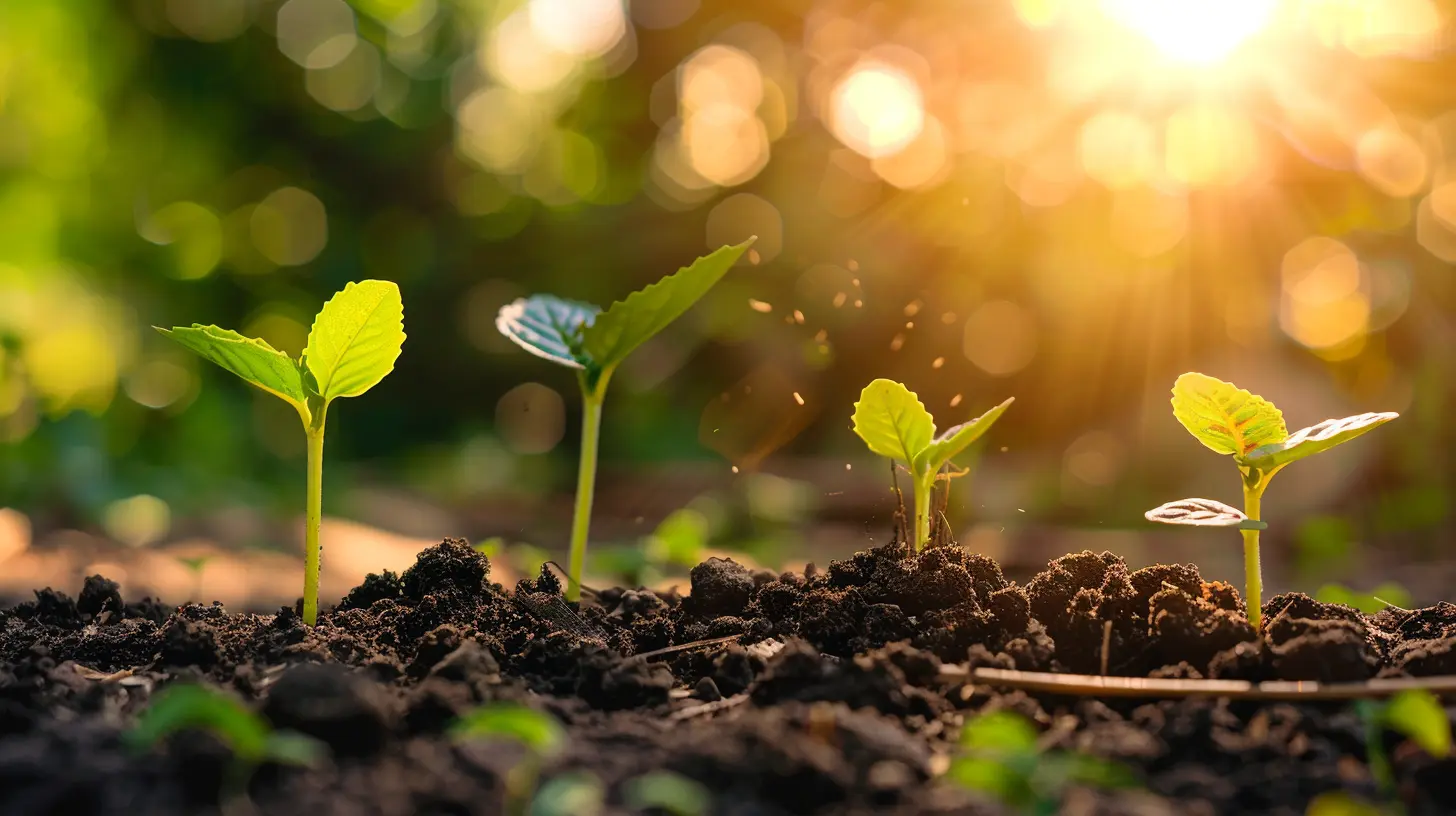
Best Low-Maintenance Crops for Frugal Gardening
Some crops require minimal effort, yet yield big rewards. If you're on a budget, these are the MVPs of your garden:1. Leafy Greens
Lettuce, spinach, kale, and swiss chard grow fast, require little space, and can be harvested multiple times.2. Herbs
Basil, mint, rosemary, and chives thrive in small spaces and are perfect for seasoning meals.3. Tomatoes
One plant can produce dozens of tomatoes, and they grow well in containers or small spaces.4. Zucchini
This high-yield vegetable gives you more than you can eat from just one or two plants.5. Green Beans & Peas
They grow vertically, saving space, and keep producing all season long.6. Root Vegetables
Carrots, radishes, and potatoes are easy to grow and don’t need much attention.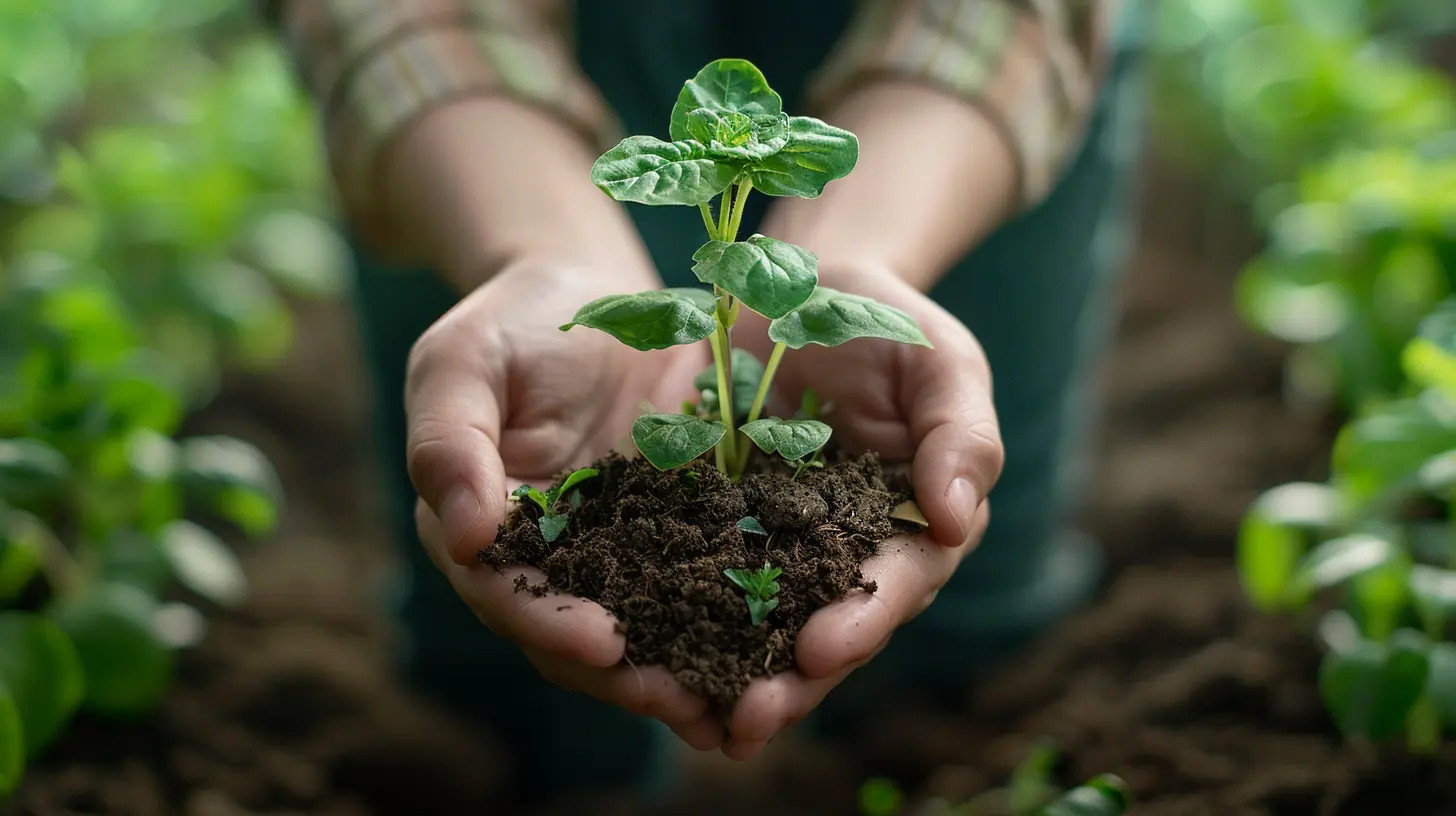
Free or Cheap Gardening Hacks
Gardening doesn’t have to be expensive. Here are some money-saving tips to help you get the most out of your frugal garden.1. Regrow Vegetables from Scraps
Some veggies can regrow with just water and sunlight! Try regrowing:- Green onions (simply place roots in water and watch them grow!)
- Lettuce (keep the base in water, and new leaves will sprout!)
- Celery (same as lettuce—just plant the base in soil after a few days!)
- Potatoes (cut a piece with "eyes" and plant it—hello, free potatoes!)
2. Mulch for Free
Mulch helps retain moisture and prevents weeds. Instead of buying it, use:- Grass clippings
- Fallen leaves
- Shredded newspaper
- Wood chips from tree trimmings
3. Create DIY Garden Labels
No need for pricey plant markers—just repurpose:- Popsicle sticks
- Wine corks on skewers
- Painted rocks
4. Use Eggshells as Planters & Fertilizer
Eggshells make perfect seed starters and add calcium to the soil when crushed.5. Make a Simple Trellis from Household Items
Instead of buying pricey trellises for climbing plants like peas and beans, repurpose:- Old wire hangers
- String and stakes
- Wooden pallets
Final Thoughts
Frugal gardening proves you don't need a big budget to enjoy homegrown produce. With a little resourcefulness, you can start a productive garden for pennies while reaping the benefits of fresh, healthy food.Whether you're growing herbs on a windowsill or filling a backyard with veggies, every little bit helps reduce grocery costs and bring self-sufficiency. So, what are you waiting for? Grab some seeds, get your hands in the dirt, and start growing!
all images in this post were generated using AI tools
Category:
Frugal LivingAuthor:

Yasmin McGee
Discussion
rate this article
2 comments
Lindsey McMillan
Transform your lifestyle with frugal gardening! Embrace sustainable living, reduce grocery bills, and savor the joy of home-grown food. Let nature nurture your wallet!
June 7, 2025 at 3:57 AM

Yasmin McGee
Thank you for highlighting the benefits of frugal gardening! It's a wonderful way to embrace sustainability while enjoying the rewards of home-grown food. Happy gardening!
Lorelei Montgomery
Cost-effective sustenance strategy.
May 31, 2025 at 4:26 AM

Yasmin McGee
Thanks! Embracing frugal gardening truly makes fresh food accessible and affordable for everyone.


